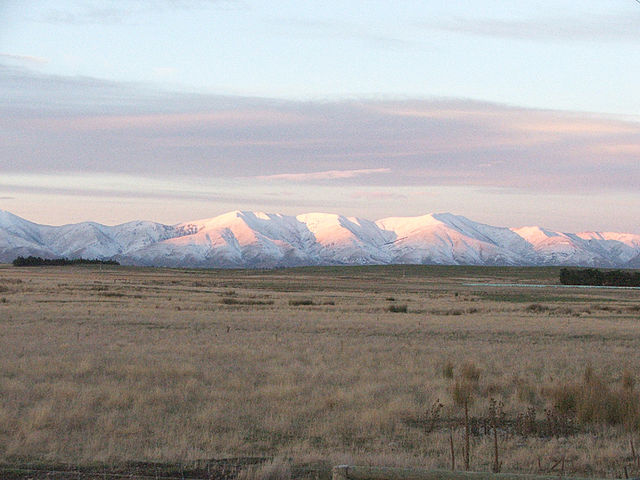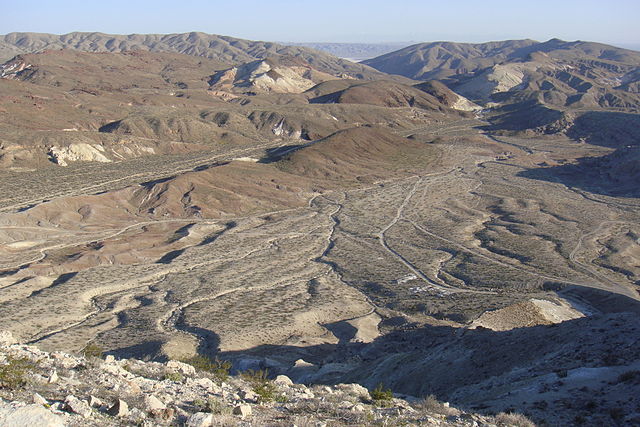The Great Hungarian Plain is a plain occupying the majority of the modern territory of Hungary. It is the largest part of the wider Pannonian Plain. Its territory significantly shrank due to its eastern and southern boundaries being adjusted by the new political borders created after World War I when the Treaty of Trianon was signed in 1920.
Alföld
Wells in the Hortobágy National Park Puszta, with a stable
A farm in Great Hungarian Plain, 19th century, by Géza Mészöly
Hortobágy National Park on the Great Hungarian Plain with Racka sheep
In geography, a plain, commonly known as flatland, is a flat expanse of land that generally does not change much in elevation, and is primarily treeless. Plains occur as lowlands along valleys or at the base of mountains, as coastal plains, and as plateaus or uplands. Plains are one of the major landforms on earth, being present on all continents and covering more than one-third of the world's land area. Plains in many areas are important for agriculture. There are various types of plains and biomes on them.
The Kakanui Range dominates the eastern horizon of the Maniototo Plain of New Zealand
Montane plains as seen in Horton Plains in Sri Lanka.
A small, incised alluvial plain from Red Rock Canyon State Park (California).
A flood plain in the Isle of Wight.








